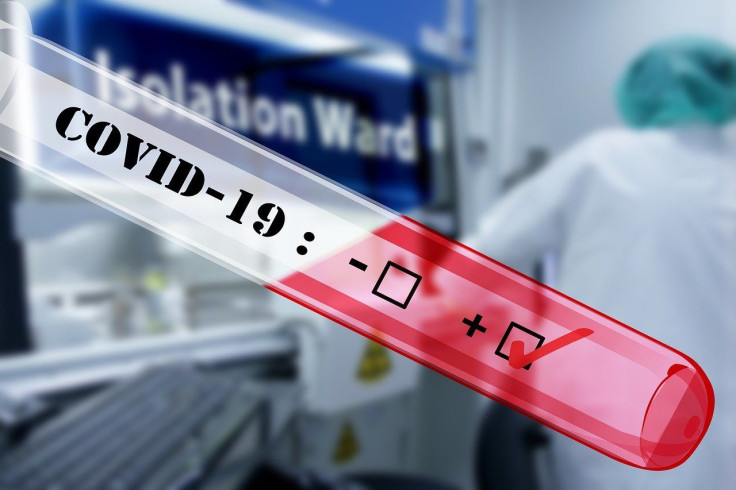COVID-19 Update: Coronavirus Might Lurk Deep In Lung Tissues Even After Testing Negative
KEY POINTS
- People in South Korea, China, Vietnam, Philippines, and Hong Kong tested COVID-19 positive for the second time
- WHO recently announced that some recovered patients test COVID-19 positive again
- Postmortem of woman finds undetected traces of coronavirus deep in her lungs
Discharged COVID-19 patients could still carry the virus deep in their lungs which can be overlooked by conventional testing protocols, according to a recent Chinese study. The results of the study published in Cell Research could explain why a lot of recovered COVID-19 patients tested positive the second time.
“Our work provided the first pathological evidence for the residual virus in the lung for a patient who tested negative three consecutive times. There was a need for the improvement of clinical guidelines for virus containment and disease management”, SCMP quoted the team of researchers led by Dr. Bian Xiuwu of the Army Medical University in Chongqing, southwest China.
The Case Report-
The postmortem examination of a 78-year-old woman who died due to COVID-19 had developed the disease twice. The patient was admitted to Three Gorges Central Hospital in Chongqing on Jan. 27 when she had a fall. The doctors found that she tested positive of the coronavirus infection. She developed COVID-19 symptoms subsequently.
The antiviral treatment she received at the hospital worked well and she was deemed ready to be discharged on Feb. 13, after her results came back negative for COVID-19 in all three rounds of testing.
Her condition had improved significantly, which her CT scan had also backed up. However, one day later, she died due to cardiac arrest. The researchers concluded that the case showed there is an urgent need to understand the pathogenesis of Sars-CoV-2 infection.
The medical community hasn’t yet established how the deadly novel coronavirus can affect recovered patients who tested negative.
The research:
Although the postmortem of the patient did not find any traces of the coronavirus in her liver, heart, skin, intestine, or bone marrow, the researchers found complete strains of the virus in tissues that were located deep in her lungs.
When they looked at the tissue samples under an electron microscope, they were able to confirm the existence of the intact coronavirus enveloped in a crown-like shell.
Key findings of the study:
- The hidden strains of the coronavirus weren’t causing any obvious symptoms
- Even when the lung tissues featured the damage caused by a typical viral infection, the absence of the virus in the remaining parts of the body can make detection difficult
- Mass testing methods do not usually retrieve samples from deep lung tissues of a recovered patient
The researchers suggest flushing the recovered patients’ lungs before discharging them from hospitals can accurately detect hidden strains. Bronchoalveolar lavage is a procedure that involves inserting a tube with a washing fluid into the lungs via the patient’s mouth.
But the medical community opines that such a procedure is unrealistic and there is no guarantee that it could be 100% accurate. Not only is it more complex and time-consuming, but it is also more expensive than a nose or oral swab. Also, the patients suffer too much during such a procedure.

© Copyright IBTimes 2024. All rights reserved.






















